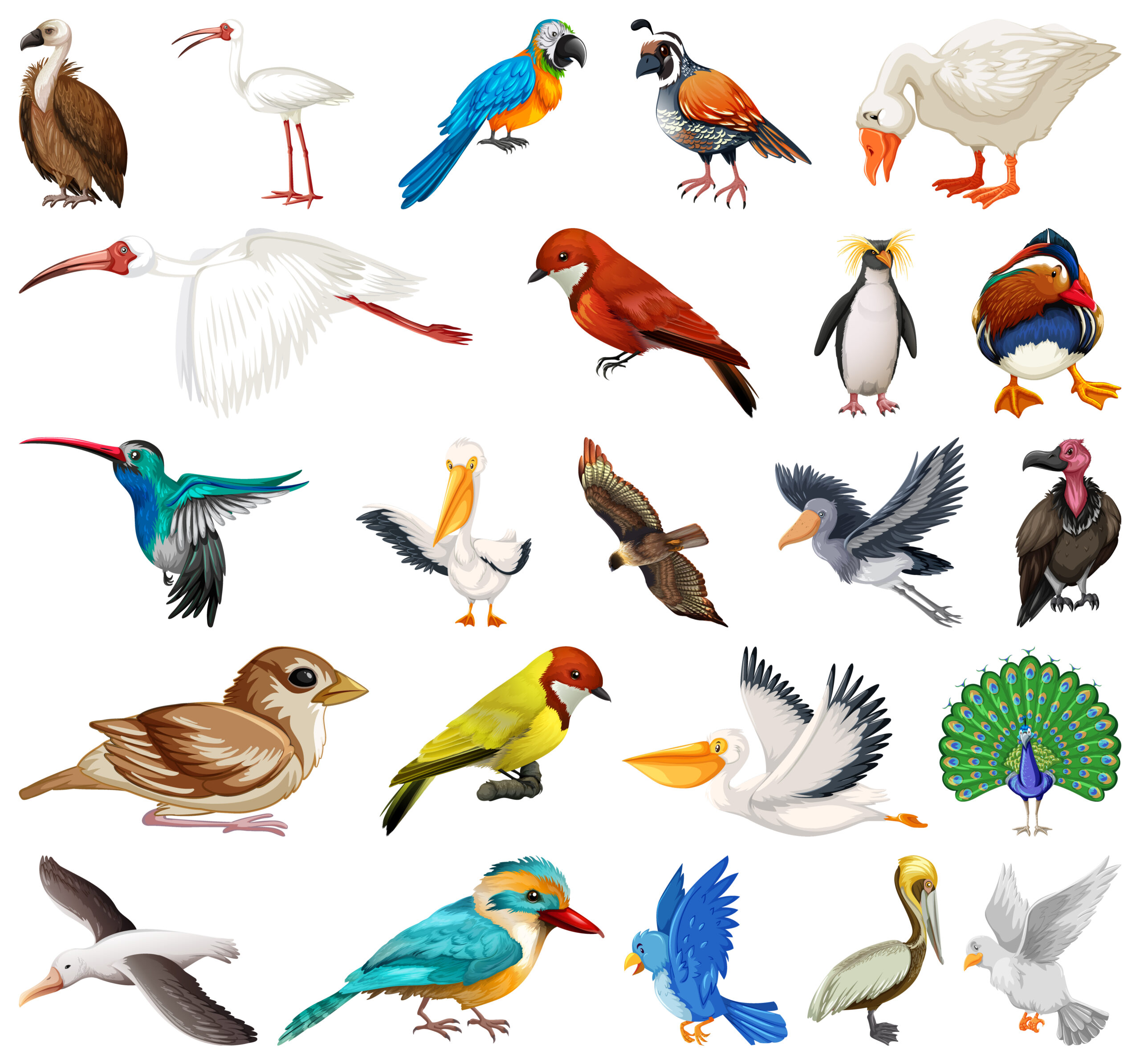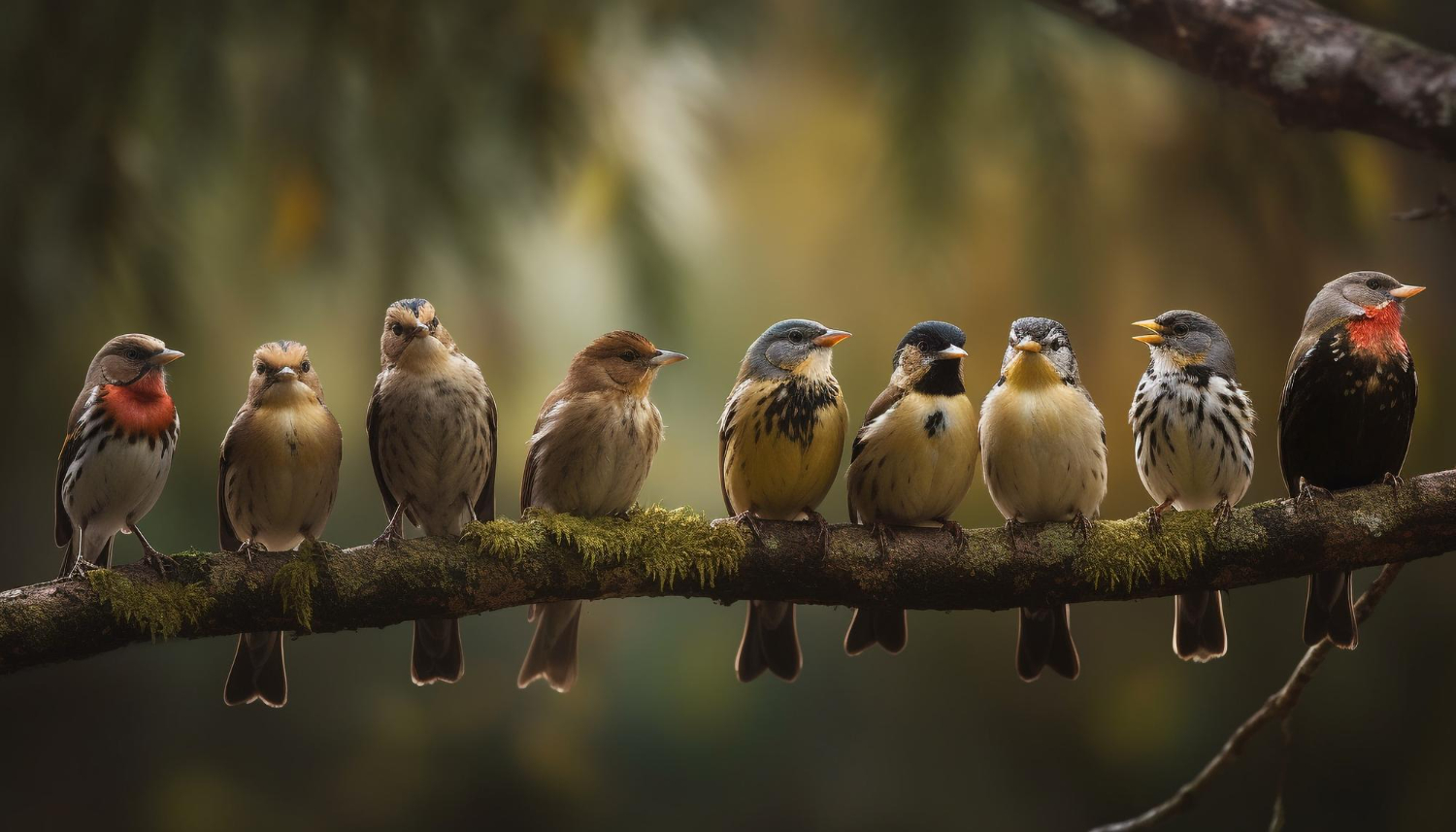In 2025, cities around the world are buzzing with a surprising sight: mallard duck. These charming birds, with their iridescent green heads and distinct quacking, are thriving in urban environments like never before. But what makes mallard duck so successful in adapting to city life? Let’s explore the reasons behind this fascinating trend and what it means for wildlife and urban ecosystems.
The Rise of Mallard Ducks in Cities
Mallard duck have always been a common sight near lakes, rivers, and wetlands. However, in recent years, they have become increasingly visible in urban areas. Parks, city ponds, and even drainage systems are now home to thriving populations of mallard duck. This shift has been observed globally, from the bustling streets of New York to the canals of Amsterdam.
One of the primary reasons for this rise is the adaptability of mallard ducks. Unlike many bird species that struggle with habitat loss, mallard ducks are incredibly resourceful. They have learned to find food, shelter, and even nesting sites in urban landscapes.
Adaptability: The Key to Survival
Mallard ducks are known for their remarkable adaptability. They can thrive in a variety of habitats, and this flexibility has given them an edge in urban environments. Cities provide mallard duck with ample food sources, such as discarded bread, grains, and even insects. Additionally, urban ponds and fountains mimic natural water bodies, offering them places to swim and rest.
Another factor contributing to their success is their ability to tolerate human activity. While some birds avoid people, mallard duck often seem unbothered by human presence. They can be seen waddling through busy parks, swimming in public fountains, and even nesting near crowded walkways.
The Role of Urban Green Spaces
Urban green spaces, such as parks and gardens, play a crucial role in the success of mallard duck. These areas often feature water features, trees, and shrubs, which provide mallard ducks with the resources they need to thrive. For instance, city parks with ponds offer ideal nesting sites and a steady supply of food.
Cities are also investing in creating more wildlife-friendly spaces. Efforts to build sustainable urban ecosystems have unintentionally benefited mallard duck. Features like rain gardens, bioswales, and artificial wetlands have become popular in urban planning, providing additional habitats for these adaptable birds.
Climate Change and Urbanization
Climate change and urbanization have also influenced the behavior of mallard ducks. Warmer winters in many parts of the world have reduced the need for seasonal migration. This means that mallard ducks can stay in urban areas year-round instead of flying to warmer regions.
Urbanization has created environments that are relatively predator-free compared to rural areas. Fewer natural predators, such as foxes or large birds of prey, make cities safer for mallard ducks. This allows them to raise their ducklings with a higher chance of survival.
Human Interaction and Feeding
Human interaction is another reason why mallard ducks are thriving in cities. People often enjoy feeding ducks in parks, providing them with an additional and easy food source. While feeding ducks is a popular activity, it’s important to note that not all food is good for them. Bread, for example, lacks the nutrients mallard ducks need and can harm their health over time. Still, the regular availability of food has undoubtedly contributed to their growing urban populations.
Some cities have even started education campaigns to teach people about proper feeding practices. By encouraging the public to offer healthy options like grains, peas, or lettuce, these campaigns aim to support the health and well-being of urban mallard ducks.
Challenges in Urban Areas
While mallard ducks are thriving, city life does come with challenges. Pollution in urban waterways can affect their health, as contaminated water may contain harmful chemicals or toxins. Additionally, litter can pose risks to mallard ducks, especially when they accidentally ingest plastic or become entangled in debris.
Another challenge is the increasing competition for resources. As more wildlife species adapt to city life, mallard ducks may face competition for food and nesting sites. Despite these challenges, their adaptability and resilience have helped them continue to thrive.
The Ecological Impact of Mallard Ducks
The growing presence of mallard ducks in urban areas has both positive and negative ecological impacts. On the positive side, mallard ducks help control insect populations by feeding on larvae and small insects. They also play a role in seed dispersal, contributing to plant growth in urban green spaces.
However, large populations of mallard ducks can sometimes lead to overgrazing in small ponds or green areas. This can disrupt local ecosystems and affect other species that share the habitat. Striking a balance is essential to ensure the health of urban ecosystems.
How to Coexist with Mallard Ducks
As mallard ducks become a common part of city life, it’s important for people to learn how to coexist with them. Here are a few tips:
- Avoid Feeding Bread: Instead of bread, offer healthier alternatives like cracked corn, oats, or chopped vegetables.
- Keep Waterways Clean: Dispose of trash properly to prevent litter from harming ducks and other wildlife.
- Protect Nesting Sites: If you spot a mallard duck nest, avoid disturbing it. Give the birds space to raise their ducklings.
- Support Green Initiatives: Advocate for the creation of more green spaces and wildlife-friendly infrastructure in cities.
Looking Ahead: Mallard Ducks in 2025 and Beyond
The presence of mallard ducks in urban areas highlights the incredible resilience of nature. As cities continue to grow, the ability of wildlife to adapt to these environments is both inspiring and educational. Mallard ducks serve as a reminder of the importance of creating harmonious spaces where humans and animals can coexist.
In 2025, mallard ducks are more than just a familiar sight in city parks; they are a symbol of nature’s adaptability and the potential for urban ecosystems to support diverse species. By understanding their needs and taking steps to protect their habitats, we can ensure that mallard ducks continue to thrive in urban areas for years to come.
Whether you’re strolling through a park or watching them paddle across a pond, mallard ducks bring a touch of nature to our urban lives. Their thriving populations in cities remind us of the beauty of wildlife and the importance of caring for the environment, no matter where we live.




I am really impressed together with your writing abilities as neatly as with the format to your blog. Is this a paid theme or did you modify it yourself? Anyway stay up the nice high quality writing, it’s rare to peer a great blog like this one today!